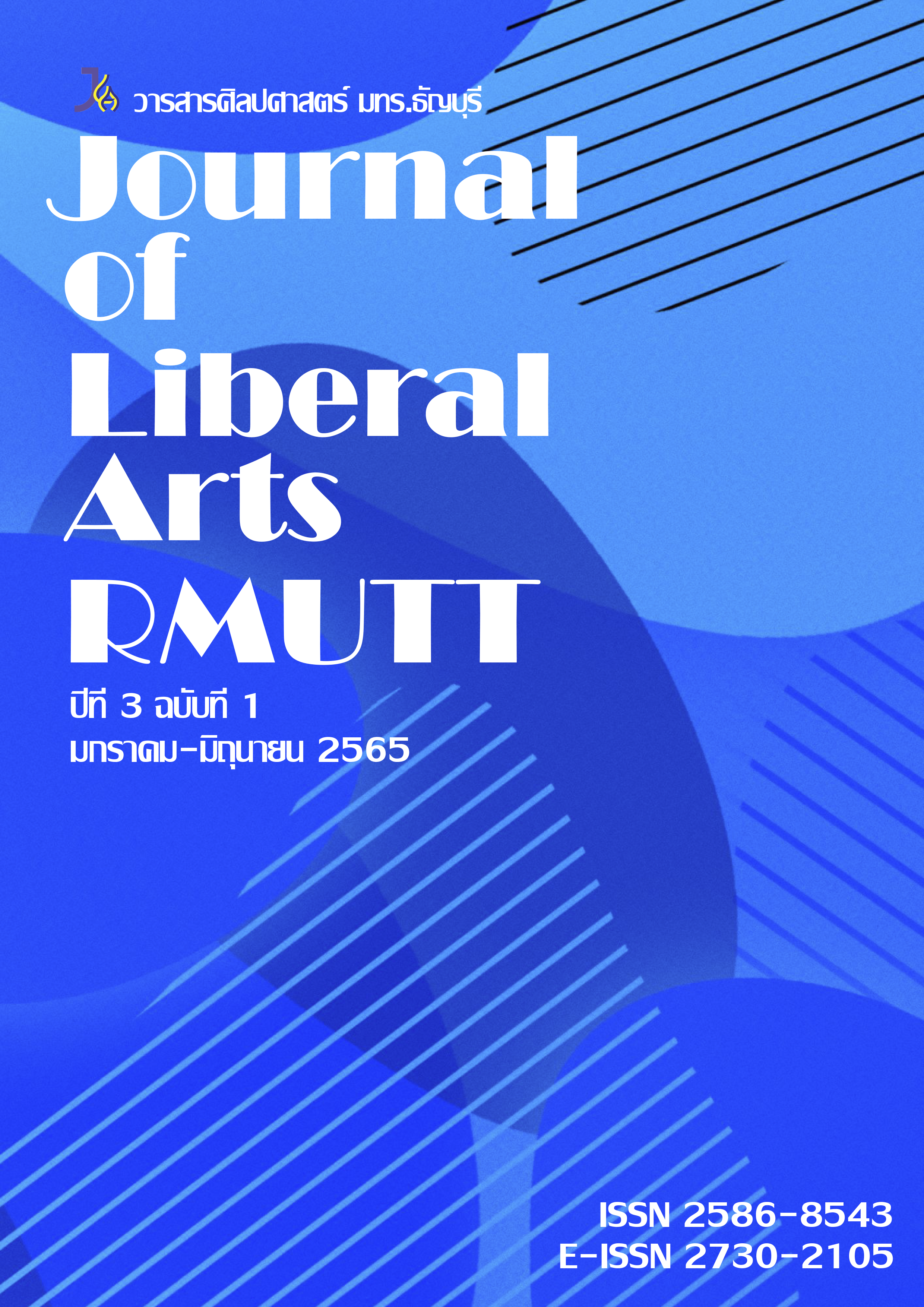Holy Water : Cultural Heritage and the Potentail Development of Cultural Tourism in Nakhon Si Thammarat
Keywords:
holy water, learning base, belief and faith activitiesAbstract
The study of Holy Water: Cultural Heritage and the Development of the Cultural Tourism Potential in Nakhon Si Thammarat aims to 1) study the general context, history, community beliefs, and rites of the holy water in Nakhon Si Thammarat 2) study the cultural tourism potential of the holy water in Nakhon Si Thammarat and 3) build the learning base of holy water to encourage the cultural tourism. The study was the qualitative research. Data was collected by studying historical document, using area survey, interviewing experts and people who involve in the holy water. Then data was analyzed and synthesized. Learning process and the model development of preservation were used to visualize the lesson learned and to find ways to support for faith and belief learning source.
The research shows that there are 6 holy waters which have completely three characteristics in Nakhon Si Thammarat: the well in front of Phra Lan Temple, the well of Semamuang Temple, the well of Semachai Temple, the well of Pratookhaw Temple, the Pak Nakaraj Brook, and Khao Mahachai Brook. For ways to develop the preservation, learning base must be built to be cultural attractions by using the community and society participation. Learning base must be prepared and built to be a good and faithful area. They should also be convenient for local people to access. They should have strongly social connection and responsibility. They should have the power to move the society and to organize activities. They should have strongly thought base, the belief, and the faith in the holy water. They should organize activities about the belief and social process to build continuously the positive image of the holy water and the communities.
References
เกษม จันทร์ดำ. (2551). ประวัติศาสตร์ท้องถิ่นนครศรีธรรมราช. นครศรีธรรมราช: กรีนโซนการพิมพ์.
เทิด ช่วยบำรุง. (2552). บทบาทขององค์กรปกครองส่วนท้องถิ่นกับการพัฒนาการท่องเที่ยวอย่างยั่งยืนบนฐานแนวคิดเศรษฐกิจพอเพียง. นนทบุรี: สถาบันพระปกเกล้า.
ธิดา สาระยา. (2526). มณฑลอีสานและความสำคัญในทางประวัติศาสตร์ (วิทยานิพนธ์อักษรศาสตรมหาบัณฑิต). จุฬาลงกรณ์มหาวิทยาลัย, กรุงเทพฯ.
ปาริฉัตร สิงห์ศักดิ์ตระกูล และพัชรินทร์ เสริมการดี. (2556). การศึกษาศักยภาพและแนวทางการพัฒนาการท่องเที่ยวเชิงอนุรักษ์ของชุมชนบ้านทุ่งมะปรัง อำเภอควนโดนและบ้านโตนปาหนัน อำเภอควนกาหลง จังหวัดสตูล. สุทธิปริทัศน์, 27(83), 97–112.
วิเชียร ณ นคร และคนอื่นๆ. (2521). นครศรีธรรมราช. นครศรึธรรมราช: อักษรสัมพันธ์.
วิภา ศรีระทู. (2551). ศักยภาพแหล่งท่องเที่ยวเชิงนิเวศ ในอำเภอเขาค้อ จังหวัดเพชรบูรณ์ (วิทยานิพนธ์ปริญญา
วิทยาศาสตรมหาบัณฑิต). มหาวิทยาลัยศรีนครินทรวิโรฒ, กรุงเทพฯ.
ศูนย์วัฒนธรรมมหาวิทยาลัยราชภัฏนครศรีธรรมราช. (2550). พิธีพลีกรรมตักน้ำศักดิ์สิทธิ์ห้วยเขามหาชัย. นครศรีธรรมราช: ศูนย์วัฒนธรรมมหาวิทยาลัยราชภัฏนครศรีธรรมราช.
สุดาวรรณ์ มีบัว และคณะ.(2552). การศึกษาศักยภาพแหล่งน้ำศักดิ์สิทธิ์เขามหาชัยเพื่อการท่องเที่ยวทางวัฒนธรรม.
นครศรีธรรมราช: มหาวิทยาลัยราชภัฏนครศรีธรรมราช.
หอจดหมายเหตุนายกรัฐมนตรีพลเอกเปรม ติณสูลานนท์ สำนักงานวัฒนธรรมจังหวัดนครศรีธรรมราช สภาวัฒนธรรมจังหวัดนครศรีธรรมราช. (2562). จดหมายเหตุงานพระราชพิธีบรมราชาภิเษก พุทธศักราช 2562 ของจังหวัดนครศรีธรรมราช. นครศรีธรรมราช: ประยูรการพิมพ์.
Downloads
Published
How to Cite
Issue
Section
License
Copyright (c) 2022 Journal of Liberal Arts RMUTT

This work is licensed under a Creative Commons Attribution-NonCommercial-NoDerivatives 4.0 International License.









